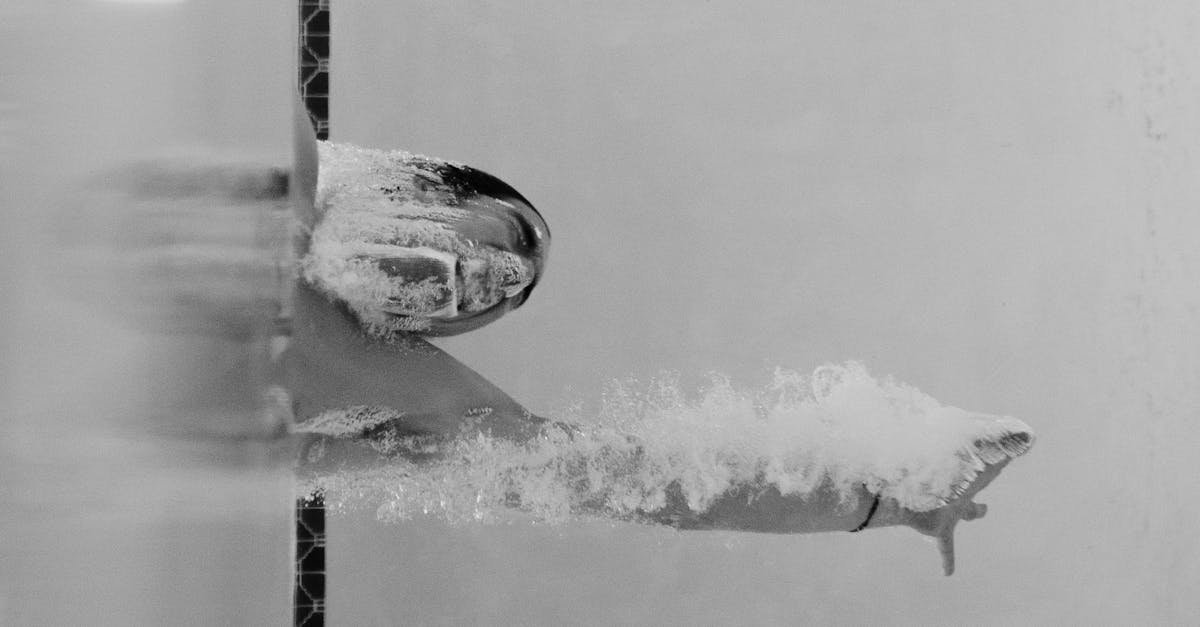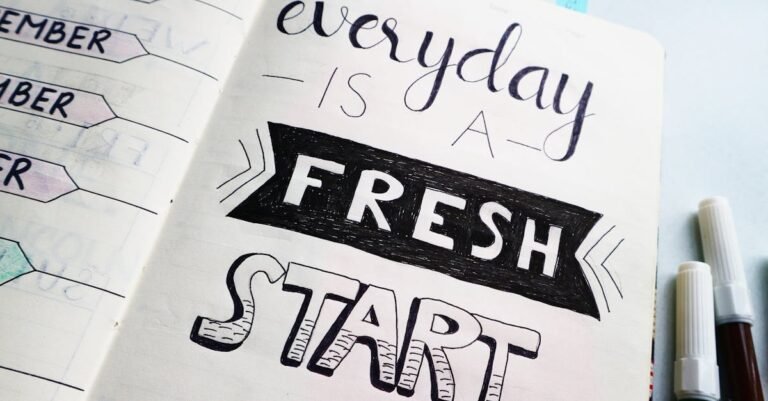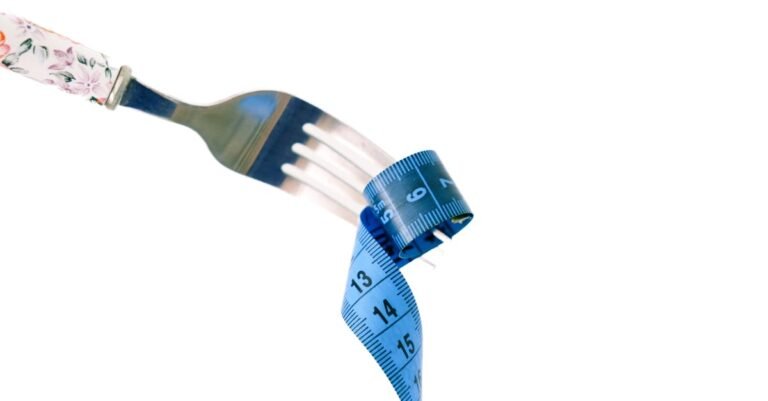Table of Content
- Overcome A Fitness Plateau: Smart Strategies
- Understanding the Fitness Plateau Phenomenon
- Identifying Your Plateau: Signs and Symptoms
- Smart Strategies to Break Through
- When to Seek Professional Help
- Conclusion: Embracing the Journey Beyond the Plateau
- Frequently Asked Questions (FAQs)
Overcome A Fitness Plateau: Smart Strategies
So, you’ve been hitting the gym consistently, eating relatively well, and initially, the results were fantastic! The pounds were dropping, your muscles were getting stronger, and you felt like a fitness superhero. But lately? Crickets. The scale hasn’t budged, you can’t lift heavier, and your motivation is starting to wane. Sound familiar? Welcome, my friend, to the dreaded fitness plateau. It happens to almost everyone on their fitness journey, from beginners to seasoned athletes. But don’t throw in the towel just yet! Hitting a wall doesn’t mean your journey is over; it just means it’s time for a smarter approach. Think of it less like a dead end and more like a detour requiring a new map. Ready to navigate your way out? Let’s dive into some smart strategies to bust through that plateau and get back on the path to progress.
Understanding the Fitness Plateau Phenomenon
Before we can conquer the plateau, we need to understand our “enemy.” It’s not some mystical force trying to thwart your gains; it’s actually a natural, albeit frustrating, part of the fitness process. Knowing the ‘what’ and ‘why’ can demystify the experience and empower you to tackle it head on.
What Exactly Is a Fitness Plateau?
Simply put, a fitness plateau is a period where you stop making progress toward your fitness goals despite continuing your routine. This could manifest in several ways: your weight loss stalls completely, you can’t increase the weight or reps in your strength training, your endurance improvements level off, or you just don’t feel like you’re getting fitter. It’s that annoying point where the effort you’re putting in suddenly stops yielding the results it used to. It feels like running on a treadmill that’s suddenly turned off – you’re still moving, but you’re not going anywhere. It’s important to distinguish a true plateau from a bad week or two. A plateau is typically defined as a lack of progress for several weeks (usually 3-4 weeks or more) despite consistent effort.
Why Do Plateaus Happen? The Science Explained
Why does our progress suddenly hit the brakes? It usually boils down to one major factor: your body is an incredibly efficient adaptation machine.
Adaptation: Your Body’s Clever Trick
When you first start a new workout routine or diet, your body is shocked. It’s facing new demands – lifting weights, running further, consuming fewer calories. To cope with this stress, it adapts. Your muscles grow stronger, your cardiovascular system becomes more efficient, and your metabolism adjusts. This adaptation is precisely what leads to initial progress. However, after doing the same thing for a while (typically 4-12 weeks, depending on the individual and the program), your body becomes so good, so efficient at handling that specific stress, that it no longer needs to adapt further. That 3 mile run that used to leave you breathless? Your body now sees it as just another Tuesday. Those bicep curls with 15 pound dumbbells? Piece of cake. The stimulus is no longer strong enough to trigger change. Your body, in its cleverness, has essentially figured out your routine and decided it doesn’t need to work harder.
Overtraining and Under-Recovery
Sometimes, the issue isn’t that your body has adapted too well, but rather that you’re pushing it too hard without adequate rest. You might think “more is better,” cranking up the intensity or frequency of your workouts without giving your body the chance to repair and rebuild. This can lead to overtraining syndrome, where performance actually declines. Symptoms include persistent fatigue, decreased performance, mood disturbances, sleep issues, and yes, a stubborn plateau. Your body isn’t getting the downtime it needs to make those adaptations you’re working so hard for. Similarly, under-recovering – skimping on sleep, not managing stress, or not fueling properly – prevents your body from bouncing back effectively between sessions, stalling progress.
Identifying Your Plateau: Signs and Symptoms
How do you know if you’ve truly hit a plateau or if you’re just having an off period? Paying attention to the signs is key. It’s not always just about the numbers on the scale or the weights on the bar.
Stalled Progress: Weight Loss or Strength Gains
This is often the most obvious sign. If you’re trying to lose weight, the scale hasn’t budged for weeks, even though you’re sticking to your calorie goals and workout plan. Measurements might also stagnate. If your goal is strength or muscle gain, you find yourself unable to lift heavier weights, complete more repetitions, or see noticeable changes in muscle definition for a prolonged period. That personal record you were chasing seems perpetually out of reach. It’s that frustrating feeling of putting in the work but seeing zero return on your investment for weeks on end.
Lack of Motivation and Increased Boredom
Remember how excited you were when you first started? Does the thought of your workout now fill you with dread or a sense of “meh”? A significant drop in motivation and enthusiasm for your fitness routine can be a strong indicator of a plateau. When you’re not seeing results, it’s natural for motivation to dip. Doing the exact same exercises day in and day out can also lead to sheer boredom, making it harder to push yourself or even show up. This mental fatigue is just as real and impactful as physical fatigue.
Persistent Fatigue or Soreness
Feeling constantly tired, even outside of your workouts? Are you experiencing muscle soreness that lingers much longer than usual, or aches and pains that just won’t quit? This could be a sign of under recovery or the early stages of overtraining, both of which contribute significantly to plateaus. Your body is essentially sending you signals that it needs a break or a change. Ignoring these signals and trying to “push through” can often make the plateau worse and increase your risk of injury.
Smart Strategies to Break Through
Okay, you’ve identified the plateau. Now for the fun part: breaking through it! It requires being strategic and willing to change things up. Here are some effective approaches:
Strategy 1: Shake Up Your Workout Routine
Since adaptation is a primary cause of plateaus, the most logical solution is to give your body a new challenge it needs to adapt to. Sticking to the same routine forever is like reading the same page of a book over and over and expecting the story to progress. It won’t!
Introduce Progressive Overload Differently
Progressive overload is the principle of gradually increasing the demands on your body. Most people think this just means adding more weight. While that’s one way, it’s not the *only* way. If lifting heavier isn’t working, try other methods:
- Increase Reps/Sets: Instead of adding weight, try doing more repetitions with the same weight, or add an extra set.
- Decrease Rest Time: Shorten the rest periods between sets. This increases workout density and challenges your muscles differently.
- Improve Form/Tempo: Focus on slowing down the movement (especially the eccentric or lowering phase) or perfecting your technique. This increases time under tension.
- Increase Frequency: If you’re recovering well, consider training a specific muscle group slightly more often (e.g., going from once to twice per week).
- Change Exercise Order: Simply rearranging the order of exercises in your workout can present a novel stimulus.
Think outside the “add more plates” box!
Try New Exercises or Training Styles (Cross-Training)
Is your body bored? Give it something entirely new to learn! Swap out exercises you’ve been doing for months with different variations or completely new movements that target the same muscle groups. If you always barbell bench press, try dumbbell incline press or dips. If you always run, try cycling, swimming, rowing, or HIIT (High Intensity Interval Training). Incorporating different types of training (cross training) not only prevents boredom but also works your muscles in new ways, challenges different energy systems, and can help prevent overuse injuries. Maybe try a dance class, rock climbing, or yoga? The possibilities are endless, and the new stimulus can be just what your body needs to start adapting again.
Strategy 2: Dial In Your Nutrition
You can’t out train a bad diet, and sometimes, your nutrition is the sneaky culprit behind your plateau. What worked initially might need tweaking as your body composition and metabolism change.
Are You Eating Enough? (Or Too Much?)
This might sound counterintuitive, especially if your goal is weight loss, but chronically under eating can actually stall progress. When your calorie deficit is too large or sustained for too long, your body can go into “conservation mode.” Your metabolism may slow down to conserve energy, making further weight loss incredibly difficult. Muscle gain also requires sufficient calories and protein; you can’t build muscle out of thin air! On the flip side, if your weight loss has stalled, you might be unknowingly consuming more calories than you think (mindless snacking, larger portions, liquid calories). It might be time to track your intake honestly for a few days to get a clearer picture. Sometimes a small adjustment, like a planned “refeed day” (a day of higher calorie intake) or slightly increasing calories, can kickstart a stalled metabolism. For muscle gain plateaus, ensuring you’re in a modest calorie surplus is crucial.
Nutrient Timing and Macronutrient Balance
While total daily intake is most important, when you eat and the balance of macronutrients (protein, carbs, fats) can also play a role, especially for performance and recovery. Are you getting enough protein spread throughout the day to support muscle repair and growth? Protein needs increase with activity levels. Are you consuming carbohydrates around your workouts to fuel performance and replenish glycogen stores? Fats are essential too, for hormone production and overall health. Experimenting with your macro ratios (e.g., slightly increasing protein or adjusting carb intake based on activity levels) might help. Ensuring you have a good pre workout snack and a post workout meal or shake containing protein and carbs can optimize recovery and performance, potentially helping you push past limitations.
Strategy 3: Prioritize Rest and Recovery
Progress isn’t made in the gym; it’s made during recovery. If you’re neglecting this crucial piece of the puzzle, you’re essentially sabotaging your efforts.
The Power of Sleep
Sleep is non negotiable. It’s when your body does most of its repair work, releases growth hormone (essential for muscle building and fat loss), and consolidates memories (including motor skills learned during exercise). Consistently skimping on sleep (getting less than 7 9 hours for most adults) severely hampers recovery, messes with hunger hormones (increasing cravings), reduces performance, and can directly lead to a plateau. Are you prioritizing quality sleep? Make your bedroom a sleep sanctuary: dark, quiet, and cool. Establish a relaxing pre sleep routine. If you think sleep isn’t important for your goals, think again. It’s foundational.
Active Recovery and Deload Weeks
Rest doesn’t always mean doing absolutely nothing. Active recovery involves light activities like walking, stretching, foam rolling, or gentle yoga on your “rest” days. This can help reduce muscle soreness, improve blood flow, and enhance overall recovery without adding significant stress. Furthermore, consider incorporating planned “deload” weeks into your training schedule every 4-8 weeks. A deload week involves reducing your training volume and/or intensity significantly. This gives your body (and mind) a chance to fully recover and dissipate accumulated fatigue, often allowing you to come back stronger and break through plateaus. Don’t see it as losing progress; see it as a strategic pit stop for long term gains.
Strategy 4: Track Your Progress Meticulously
Are you sure you’ve plateaued? Sometimes, progress just slows down or shifts to areas you’re not tracking. If you only track your weight, you might miss improvements in strength, endurance, body measurements, or how your clothes fit. Keep a detailed training log: record exercises, sets, reps, weight used, and even how you felt. Track body measurements (waist, hips, arms, etc.), take progress photos periodically, and note non scale victories like having more energy, sleeping better, or mastering a new exercise. Having concrete data helps you see the bigger picture, identify exactly where you’re stalling, and make informed decisions about necessary changes. It also provides motivation when you look back and see how far you’ve actually come, even if progress feels slow right now.
Strategy 5: Mindset Matters: Stay Patient and Positive
Hitting a plateau can be incredibly frustrating and demotivating. It’s easy to get discouraged and want to give up. But maintaining a positive and patient mindset is crucial. Understand that plateaus are normal. They are not a reflection of failure but an indication that your body has successfully adapted to your previous efforts. Reframe it as a challenge to overcome, an opportunity to learn more about your body and experiment with new strategies. Celebrate the effort and consistency, not just the outcome. Focus on the journey and the healthy habits you’re building. Sometimes, simply reducing stress and being kinder to yourself can make a physiological difference. Don’t let a temporary stall derail your long term commitment to health and fitness.
When to Seek Professional Help
While these strategies can help most people break through a plateau, sometimes you might need expert guidance. Consider seeking help from a professional if:
- You’ve tried multiple strategies consistently for several weeks with absolutely no change.
- You suspect an underlying medical issue might be contributing (e.g., thyroid problems, hormonal imbalances). Consult your doctor.
- You’re experiencing signs of severe overtraining or burnout.
- You need personalized guidance on designing a new training program or nutrition plan tailored to your specific needs and goals. A certified personal trainer or registered dietitian can be invaluable here.
There’s no shame in asking for help; sometimes, an objective, expert perspective is exactly what you need to get unstuck.
Conclusion: Embracing the Journey Beyond the Plateau
Hitting a fitness plateau isn’t the end of the road; it’s simply a sign that you’ve leveled up and your body needs a new kind of challenge. It’s a natural part of any meaningful fitness journey. By understanding why plateaus happen, identifying the signs, and implementing smart strategies like varying your workouts, fine tuning your nutrition, prioritizing recovery, tracking progress diligently, and maintaining a positive mindset, you can break through. Think of it as your body asking, “Okay, I’ve mastered this. What’s next?” Embrace the challenge, get creative, stay patient, and listen to your body. Overcoming a plateau not only reignites your progress but also makes you a smarter, more resilient fitness enthusiast in the long run. Keep pushing, keep adapting, and keep enjoying the incredible journey of becoming a fitter, stronger you.
Frequently Asked Questions (FAQs)
1. How long does a typical fitness plateau last?
A true plateau usually means progress has stalled for at least 3-4 weeks despite consistent effort. How long it lasts depends on identifying the cause and implementing effective changes. With the right strategies, you can often start seeing progress again within a few weeks, but it requires patience and consistency with the new approach.
2. Can changing just one thing (like diet OR exercise) break a plateau?
Sometimes, yes! If your plateau is primarily caused by workout adaptation, changing your routine might be enough. If it’s due to nutritional factors (like under eating or inaccurate tracking), adjusting your diet could solve it. However, often plateaus result from a combination of factors, so addressing workouts, nutrition, and recovery simultaneously usually yields the best results.
3. Is taking a complete break from exercise a good way to break a plateau?
Taking a complete break for a week (a deload week or active recovery week) can be very beneficial, especially if overtraining or accumulated fatigue is the culprit. It allows your body to fully recover. However, taking extended time off (multiple weeks or months) without a plan might lead to detraining and make it harder to get back into a routine. A strategic, shorter break or deload is generally more effective for plateau busting than quitting altogether.
4. I’m tracking calories meticulously and exercising, why isn’t the scale moving?
The scale isn’t the only measure of progress! You could be losing fat and gaining muscle simultaneously (body recomposition), which might not reflect as weight loss. Also, factors like water retention (due to stress, sodium intake, hormonal cycles, or new exercise stress), inaccurate calorie tracking (underestimating intake or overestimating expenditure), or metabolic adaptation could be at play. Consider tracking body measurements, progress photos, and how your clothes fit alongside the scale.
5. Could stress be causing my fitness plateau?
Absolutely! Chronic stress (from work, life, or even excessive exercise) elevates cortisol levels. High cortisol can interfere with muscle growth, promote fat storage (especially around the midsection), disrupt sleep, increase appetite, and hinder recovery. Managing stress through techniques like meditation, mindfulness, yoga, spending time in nature, or ensuring adequate downtime is a crucial, often overlooked, strategy for breaking through plateaus.










